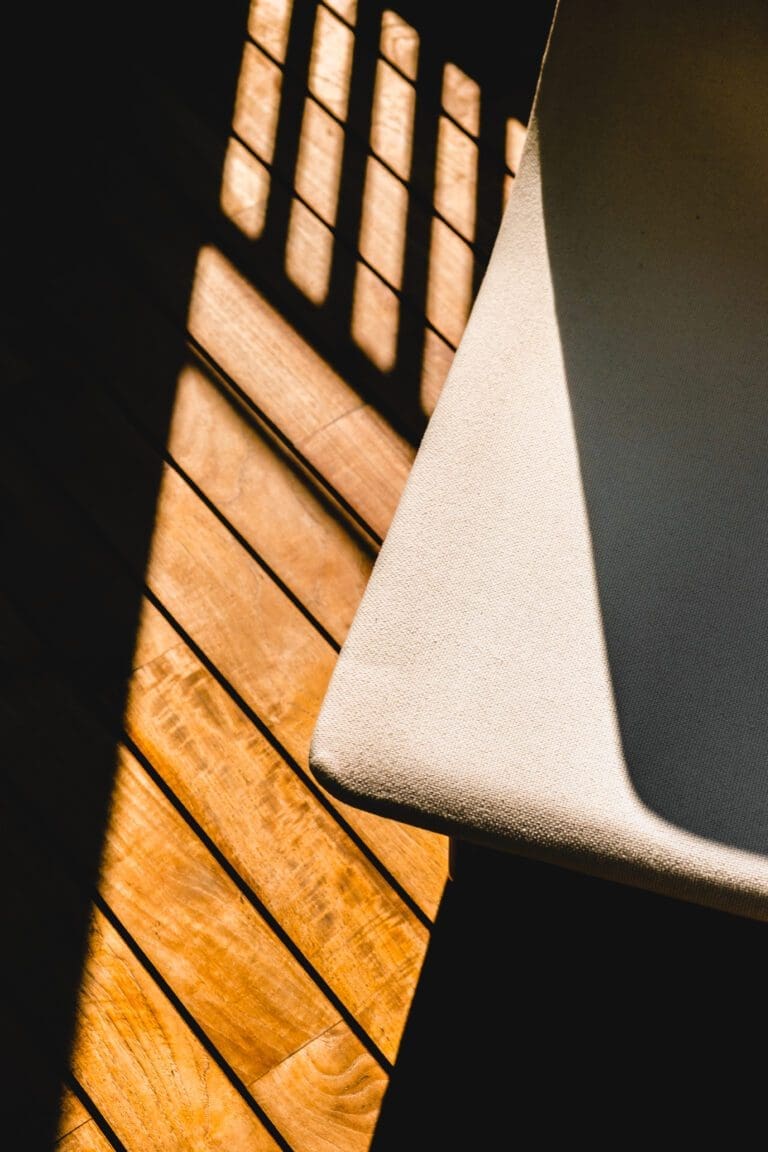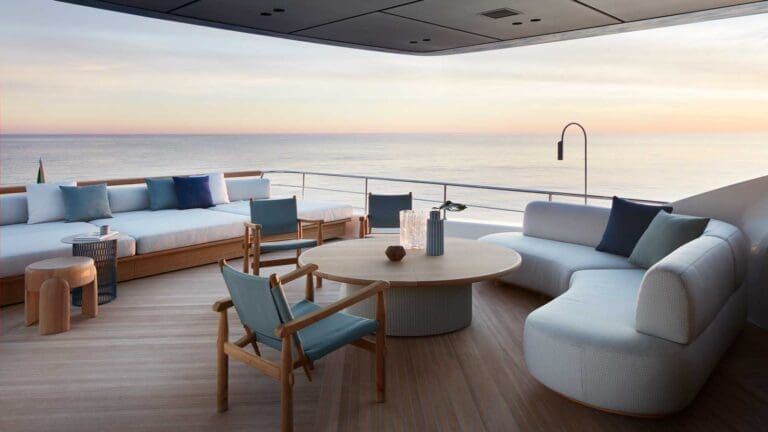In a world increasingly defined by fragmentation—where travel is transient, lifestyles are fluid, and loyalty is hard-won—Naomi Heaton is betting on belonging. As the founder and CEO of The Other House, a new breed of hybrid hospitality brand rooted in private apartment-style living, immersive member experiences, and flexible stay lengths, Heaton isn’t just rethinking what luxury means today. She’s rewriting the blueprint for what it means to feel at home—without needing to own one.
Her model blends hotel service with residential comfort, club culture with wellness, and tech-enabled convenience with tactile, sensory delight. But at its heart, The Other House is a response to a deeper truth: modern luxury audiences don’t just want experiences—they want meaningful connection, control, and continuity.
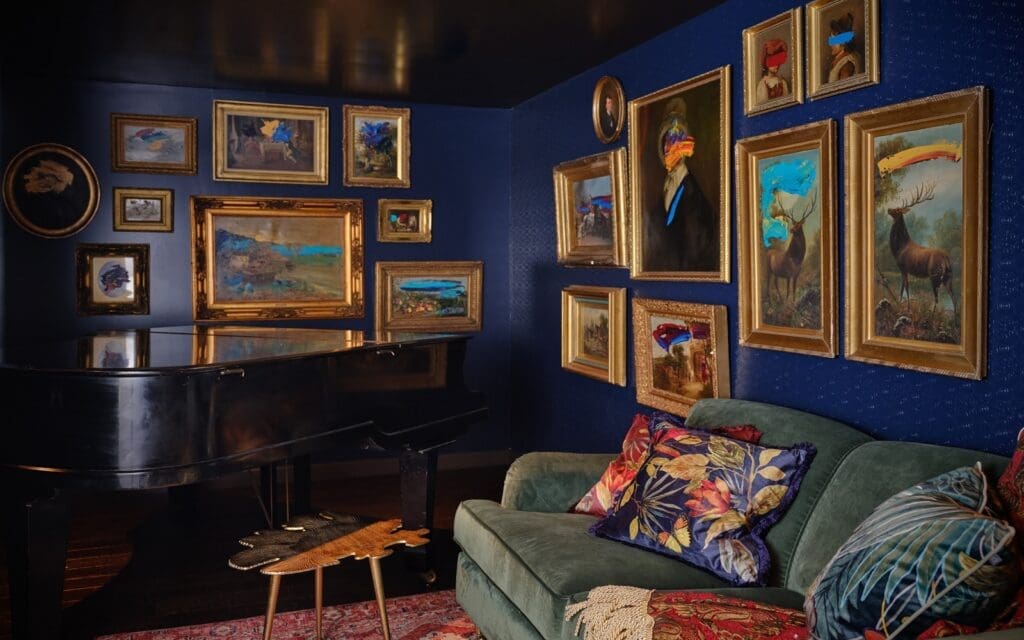
A New Lexicon for Luxury: Not a Hotel, Not a Home—Something Else
“The Other House is a completely disruptive concept,” says Heaton from the leafy calm of South Kensington. “It combines the best of hotels with the best of residential living. You can stay for a night, a week, a month, or a year—and it’s your other house for as long as you want it.”
Part club, part hotel, part home-from-home, The Other House defies category. It offers fully serviced “club flats” (essentially high-design studios or one-bedroom apartments), private members’ spaces, wellness experiences, and a full suite of amenities typically associated with luxury hospitality—all within a maximalist, art-driven interior.
But what makes it truly radical is not just the format—it’s the philosophy behind it.
“This is about giving people a private space, a public space, and a personal space,” says Heaton. “It’s about creating a sense of sanctuary and community simultaneously. You can be alone, or surrounded. Digital, or tactile. Known, but not exposed. That’s the new luxury.”
Disruption Rooted in Insight: From Advertising to Investment to Immersion
Heaton’s career arc is anything but linear, yet each chapter has contributed to the clarity of her current vision. A former board-level advertising strategist at Saatchi & Saatchi and Young & Rubicam, she was steeped in consumer psychology and global brand building. “Advertising taught me to understand people—what they want, what they trust, and how to speak to them.”
It also sparked her eye for unmet needs. “Even back then, I didn’t understand why anyone would rent. So I bought a basement flat in Camden, redid it myself, and caught the property bug.”
That instinct turned into a pioneering residential investment firm, LCP, one of the UK’s first acquisition agencies focused exclusively on acting for international buyers in prime central London. There, she witnessed how expectations around urban living were evolving—especially for high-net-worth individuals navigating global mobility, security, and service standards.
“What I saw was this growing desire for aspirational, interior-designed spaces with a hospitality overlay—but not the impermanence or impersonality of traditional hotels,” she explains. “People didn’t want to feel like guests. They wanted to feel like locals.”
That insight became the seed for The Other House.
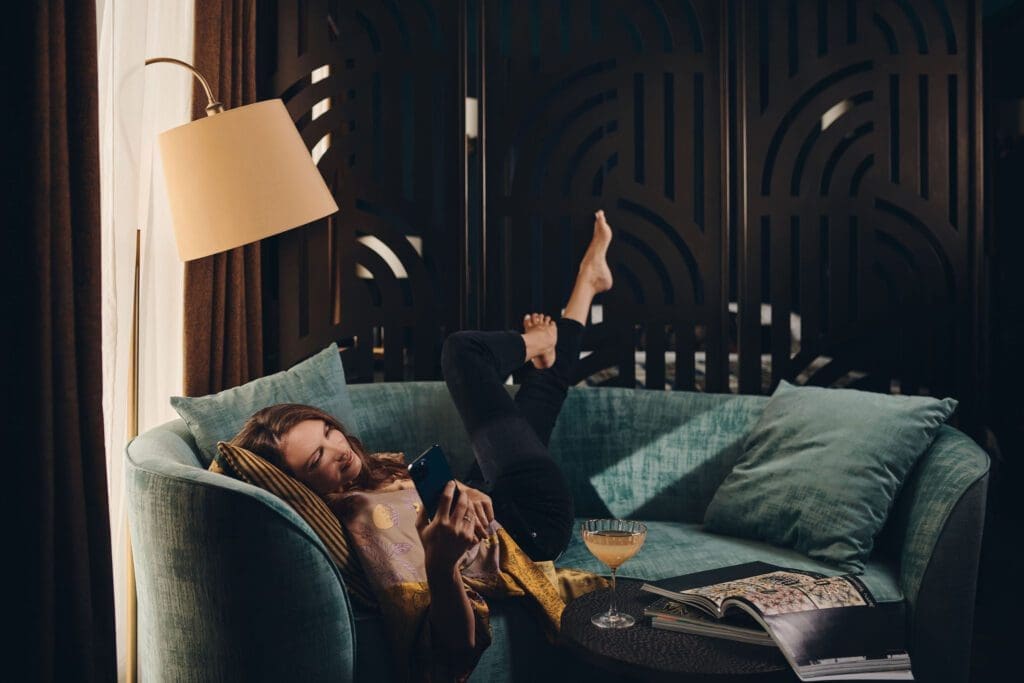
Designed for the Wise and the Curious
From the very beginning, Heaton’s approach has been anchored in audience-first thinking—not by demographics, but psychographics. “We never talk about targeting an age,” she says. “We’re designing for a mindset. People who are curious, conscious, confident. People who care about the world around them and want to live lightly but richly.”
She references the ethos behind the brand’s Island Monkey cocktail bar: “It’s named for the kind of guest we see here—people who are wise as owls but curious as monkeys. They care about their impact, but they also love new experiences.”
This type of guest spans generations. In fact, The Other House has a near-even split between guests under 40 and those between 40 and 65. “They all want the same thing—control, calm, community, and character. These aren’t trends; they’re human truths.”
The Era of Experience, Not Excess
If the last decade of luxury was defined by abundance and aspiration, the post-Covid landscape has fundamentally reshaped what people value. “Experience is the new luxury,” Heaton says. “Time, wellness, headspace, community—those are the new markers of success.”
And brands that ignore this shift do so at their peril.
“The market used to be divided into rigid segments: hotels, long-stay apartments, residential lettings. But that’s not how people live anymore. The Other House was designed to meet people where they are—fluid, international, discerning, and looking for more than just convenience. They want somewhere that reflects who they are.”
Perhaps most striking is how Heaton has woven sustainability into the brand’s DNA—not just as an add-on, but as a foundational operating principle. From BREEAM-certified refurbishments to upcycled Victorian artwork and dung-based recycled paper menus (“as sustainable as it gets,” she laughs), the brand’s commitment is both playful and principled.
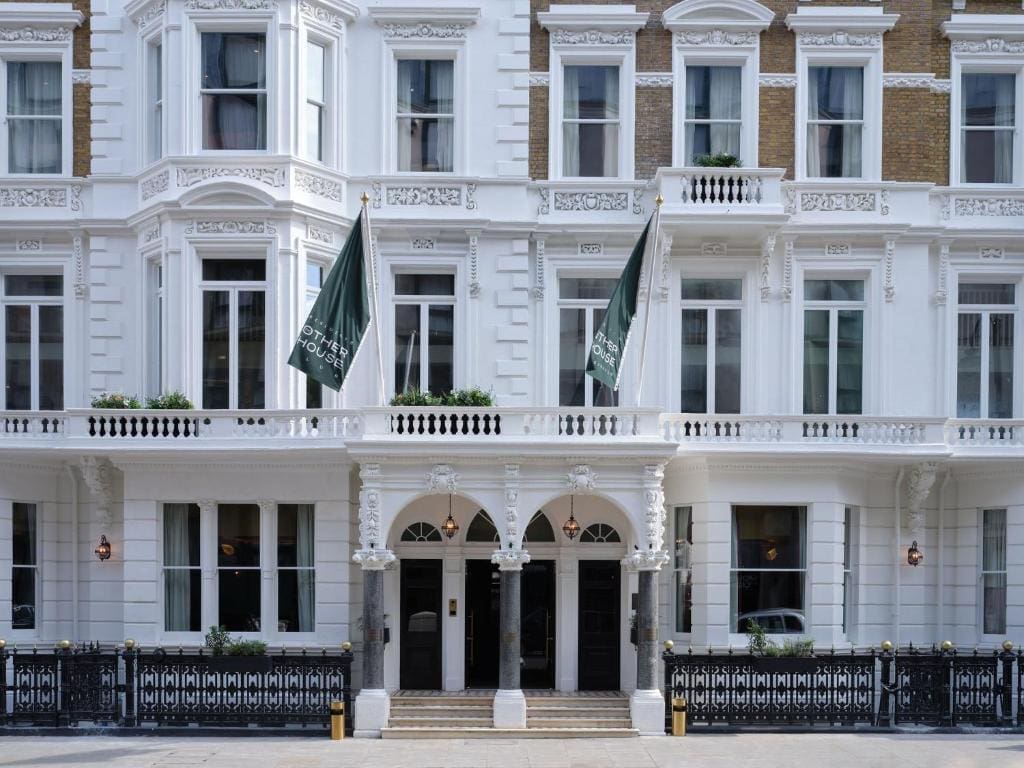
Building Belonging, Not Just a Brand
The Other House’s forthcoming property in Covent Garden, set to open in Q4 2025, will be a theatrical sibling to its South Kensington counterpart—maximalist, immersive, but distinctly Art Deco. Future locations, including one in Belgravia, will follow the same tripartite model (club flats, public spaces, private members’ lounges) but reflect their own architectural narratives.
“Each one will be different, but always familiar,” says Heaton. “Same values, same spaces—but each a new sensory experience.”
What makes The Other House different from traditional hospitality brands isn’t just the flexibility or design—it’s the feeling. “When we opened our first property, I knew every inch of it. But what I didn’t anticipate was that it would develop its own personality. From the moment the doors opened, it felt like a living thing. Calm. Grounded. It became more than a building. It became someone’s place.”
Why Global Citizens Are Done With Ownership
A final trend Heaton is perfectly positioned to tap into? The rise of the “footloose elite”—wealthy, mobile individuals who no longer want the burden of ownership.
“Foreign property taxes are punitive. Non-dom rules are changing. Many of our guests are global citizens who don’t need or want to buy. What they want is a base—an anchor—without the strings.”
This makes The Other House particularly appealing to long-stay residents, including the swelling cohort of Americans re-evaluating their lifestyles and looking for a more flexible, human-centric model abroad.
“They’re not just booking rooms,” says Heaton. “They’re building rhythms. Creating rituals. Finding a version of home that evolves with them.”
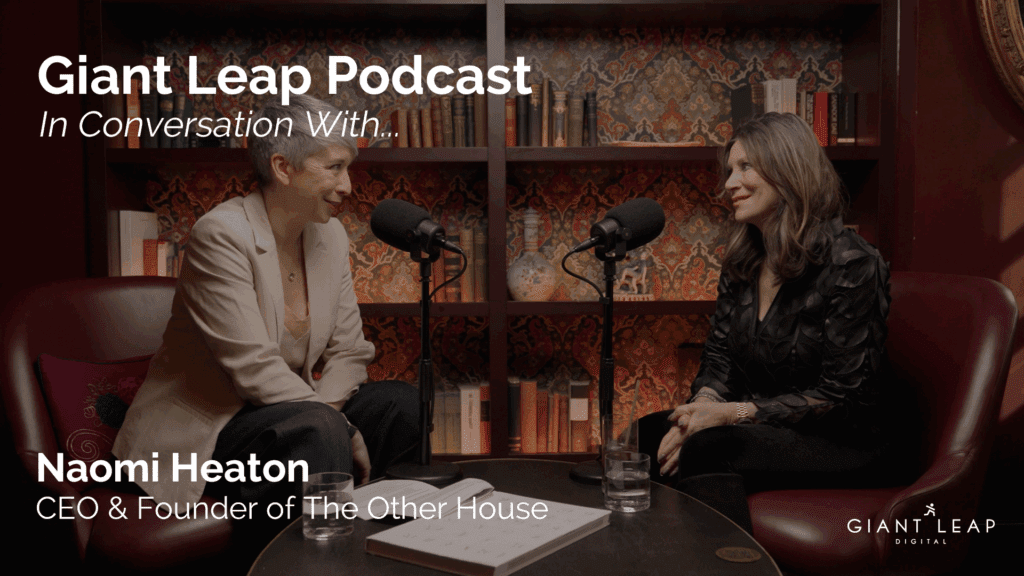
The Future of Luxury Is Choice, Control, and Character
Asked to distill her advice for fellow luxury marketers, Heaton doesn’t miss a beat: “Put the customer first. Always. Trends are accelerating. Expectations are evolving. Don’t get stuck in a format just because it worked before. Watch how people live. Listen to how they speak. And above all, be trustworthy. Because if you lose their trust, you’ve lost them forever.”
In a luxury landscape crowded with sameness, Naomi Heaton is showing what’s possible when you blend strategy with soul. For her, the future isn’t just about staying somewhere different. It’s about staying differently.
Explore the future of luxury marketing with Giant Leap Digital.
Follow us on Instagram @giantleapdigital.

